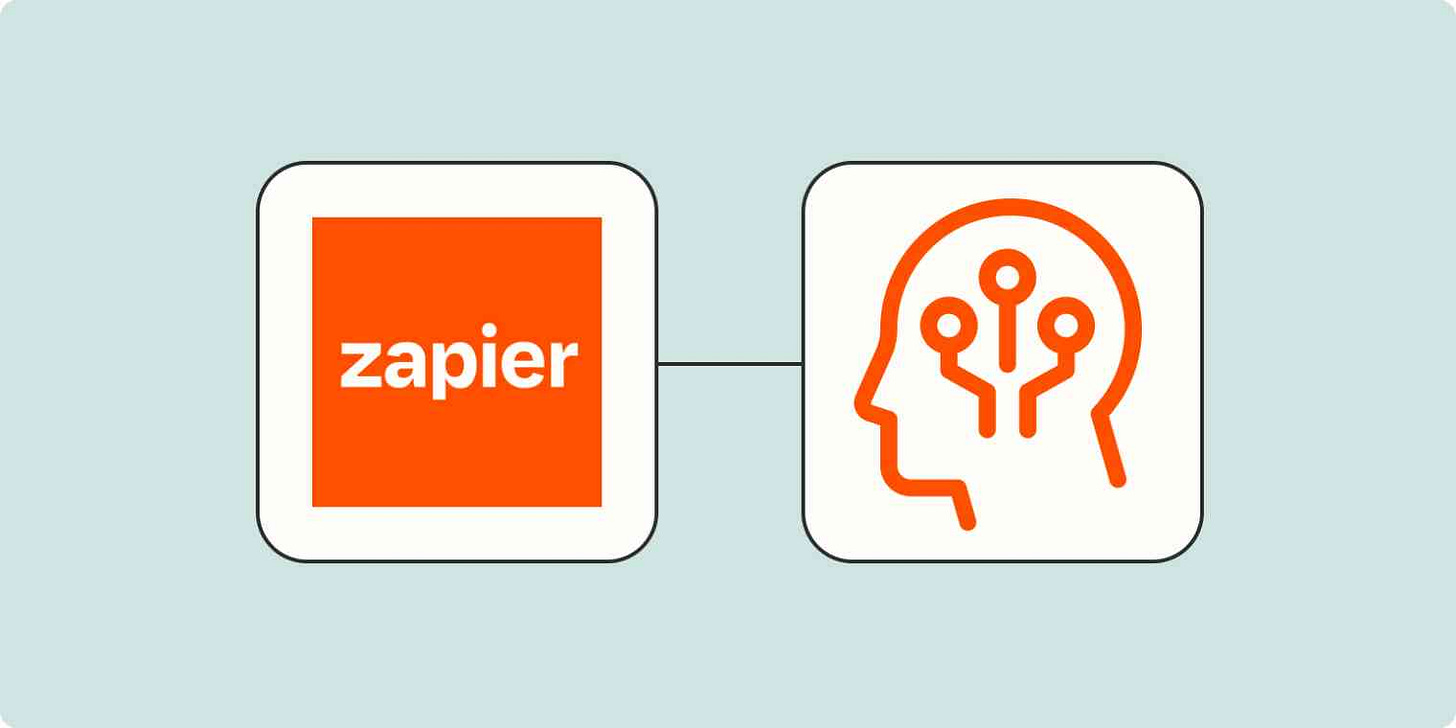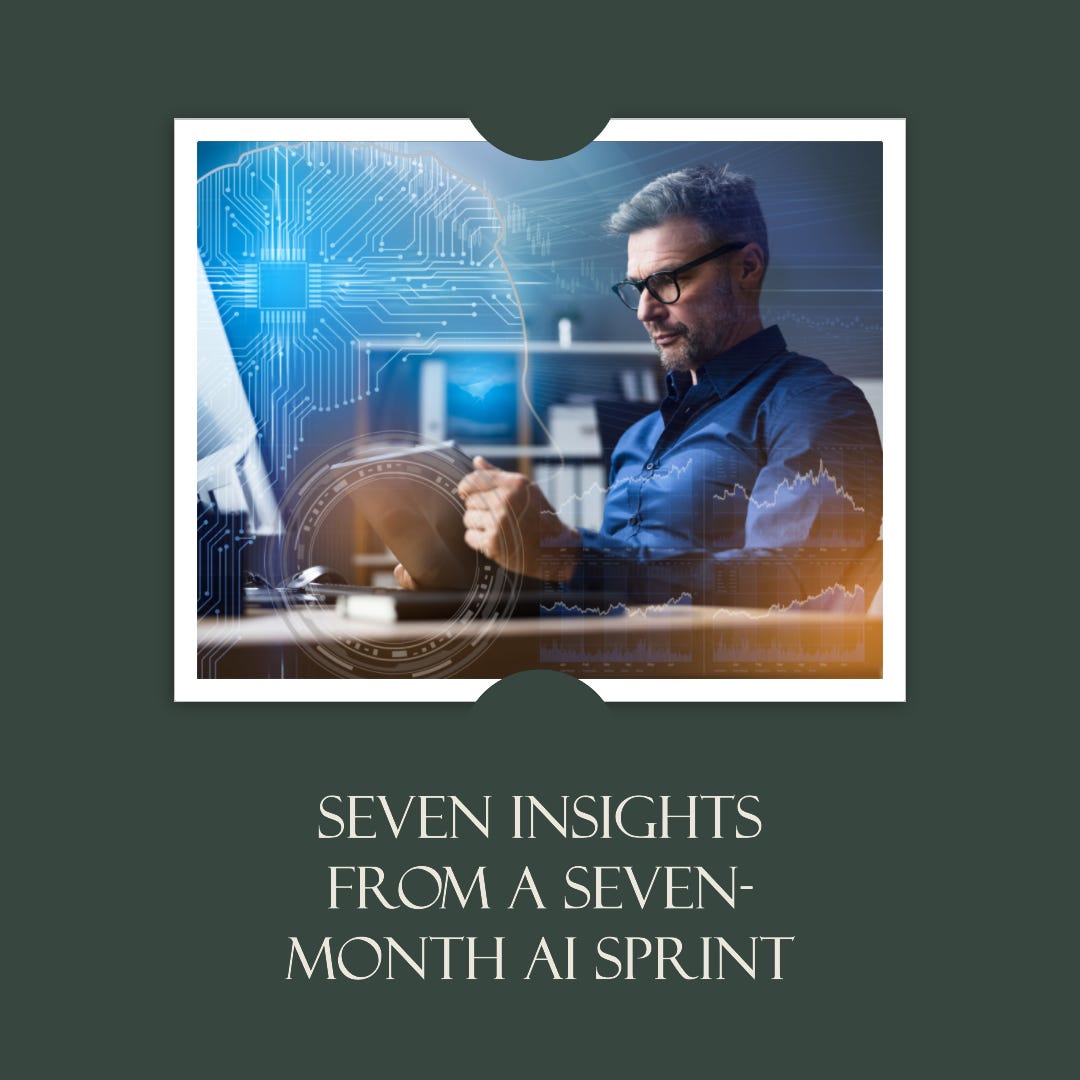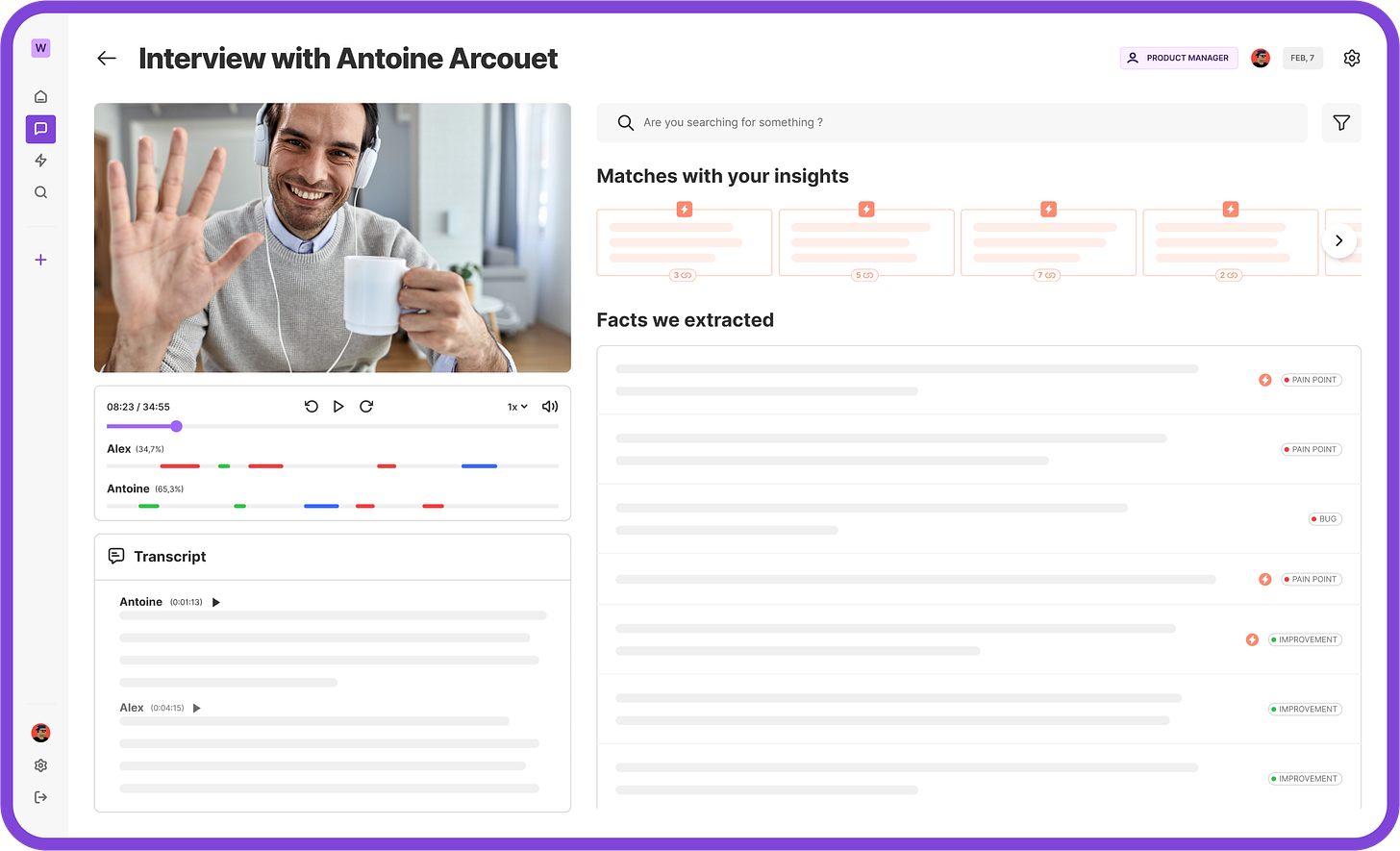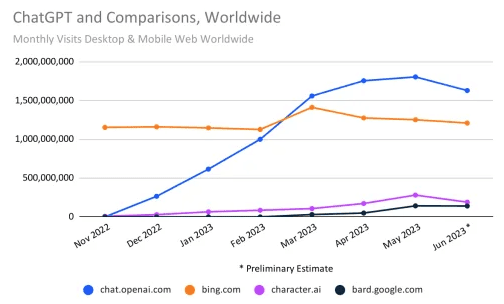How Zapier Uses AI to Streamline Work
Seven Use Cases & Seven Insights from Seven-Month AI Sprint
In today’s newsletter:
Seven Use Case: How Zapier Uses AI to streamline work
Seven Insights from a Seven-Month AI Sprint
One Tool: A platform that turns customer qualitative data into actionable insights
Four Key Bulletin: The most important AI updates from the last week
How Zapier Uses AI to streamline work
Zapier, A leader in no-code automation (integrating with more than 5,000 apps) is leveraging AI to accelerate and automate work in various areas of the company.
Here are seven use cases where Zapier is leveraging AI capabilities:
The Sales and Customer Success Operations team uses AI to reduce prep time before customer calls, summarize calls, and analyze customer sentiments.
The Onboarding and HR team uses AI to collect and analyze sentiment ratings for surveys and feedback forms.
The technical Support Operations team utilizes AI to enhance team communication and create copy for status page updates.
The Content and Video team uses AI to summarize articles, create blog outlines, write meta descriptions, and draft scripts for YouTube based on article outlines.
PR and Social Media teams use AI to generate press releases, create feedback for employees, and automate tasks on social media platforms.
The Engineering team incorporates AI into workflows to summarize Slack messages into Jira tickets and to categorize conversations and track metrics.
The Accounting department leverages AI to prioritize and manage tasks and track credit card transactions.
If you would like to dive deep, more details here.
AI is changing the way work is done at Zapier. How are you leveraging AI at work?
Seven Insights from a Seven-Month AI Sprint
A lot happened in the last seven months, since the launch of ChatGPT. There is hope but also fear. And it makes things more confusing with lots of noise around AI.
So let’s try to clear the air by reflecting on the seven points to better understand the impact of AI.
Machine learning and AI are mainly built to do specific tasks, not full jobs.
Robots are increasingly being used to do risky jobs in factories and other places.
Responsible AI is not just about the tech side of things.
The challenge is making these technologies easy to use for those who are experts in their fields but not in tech.
A human supervision is required to ensure quality.
Bringing AI into different sectors can automate boring tasks, make things more efficient, and even make new jobs.
The effect of AI on jobs and work isn't set in stone.
I have written a detailed article on this. A link here.
A platform that turns customer qualitative data into actionable insights
Ween.AI - A platform that brings speed and transparency to your research in a centralized insight repository.
The AI analyses your interview like a User Researcher would do:
It gives you the transcript no matter the language
Automatically extracts important highlights (pain points, habits, needs, …)
It also continually scans your interviews and associates relevant highlights as evidence to support or refute your assumptions.
Four Key Bulletin
Google now collects public data to improve AI
Last weekend, Google updated its privacy policy to allow the collection of any publicly shared online information, which will be used to enhance its AI models.
Key points:
Google can use any information people post publicly online, not just data provided directly
This shifts from Google's previous focus on improving "language" models to enhancing all its "AI" models
Analyzing people’s online posts using AI system poses privacy concerns
How can you protect your data:
Use alternative services that prioritize user privacy
Use incognito or private browsing mode
Be mindful of the information you post publicly
ChatGPT recorded a decrease in monthly visits for the first time since November 2022
Key insights:
Since the end of November 2022, ChatGPT grew from zero to more than 1.5 billion visits in March 2023
Visits to OpenAI’s developer site increased by 3.1 percent from May to June
The release of plugins and web browsing in May did not result in explosive growth
AI in the weather forecasts
Extreme weather remains the greatest forecasting challenge. AI introduces a novel approach to weather forecasting by using vast amounts of historical data to predict future conditions based on patterns identified in the past.
Tech companies like Google, Microsoft, NVIDIA, and Huawei are developing ambitious global AI forecast systems. NVIDIA's FourCastNet model is reportedly 50,000 times faster and 10,000 times more energy-efficient than conventional models.
Despite the advancement of AI models, the human element remains vital, especially in complex emergencies or severe situations where communication and trust are paramount.
AI Education in Japan
What is happening:
Japan's Education Ministry released new guidelines emphasizing the need for students to understand artificial intelligence.
Japan has started testing AI in elementary, junior high, and high schools under a set of guidelines:
Students of any age can use AI under the guidance of teachers.
Personal data should not be fed into AI.
Teachers can use false info generated by AI to teach students about fact-checking.
Students are advised against presenting AI-generated work as their own
A survey revealed about 70% of parents believe regulations for AI chatbot use by children are necessary
Do you think other countries are likely to follow in these footsteps?
That’s the wrap.
Share. Subscribe. Stay Informed.






